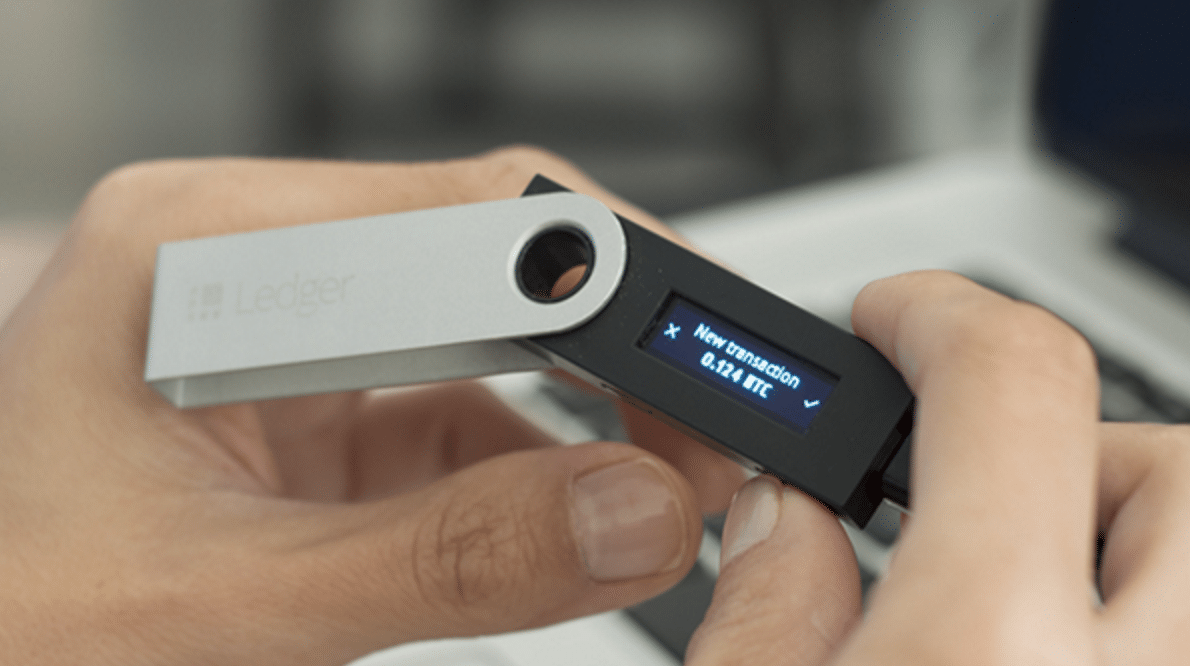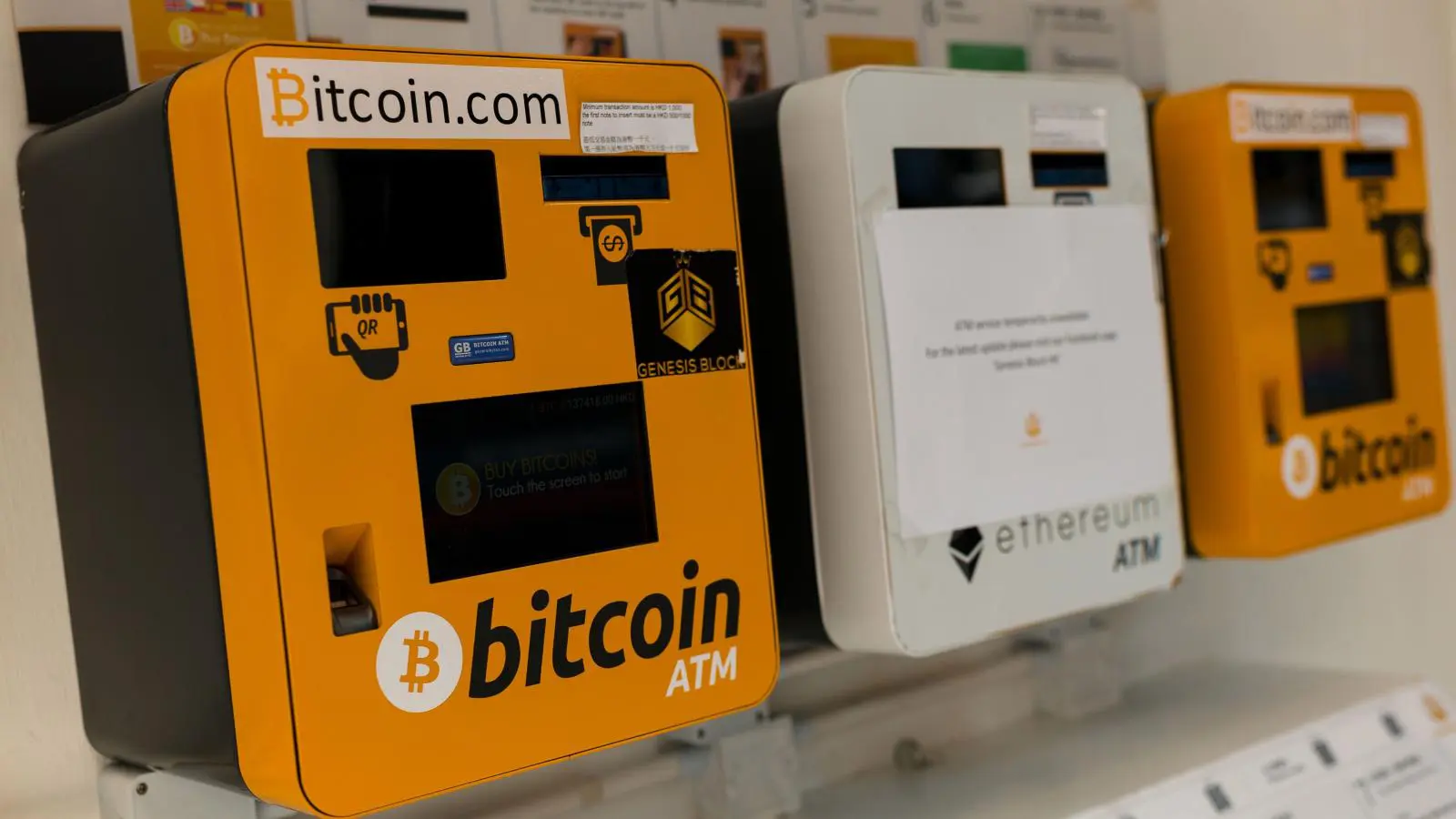Bitcoin is undergoing one of its characteristic, unexpected price surges. With a 10%+ increase in the last 24 hours (going over the $11,000 barrier that augurs a bull run), the excitement in the market is palpable.
The famous cryptocurrency has been through all kinds of highs and lows in the last two and a half years, and now sights towards considerable profits. As many previous non-believers start to realise its potential amid an economic crisis, the question (that some might even be ashamed to ask at this stage) remains: How to invest Bitcoin?
This article isn’t meant to be a comprehensive guide, but rather a push in the right direction to get you started and familiar with owning BTC. So read on, and get your digital pockets ready!
Step 1. Understanding Bitcoin
You need to walk before running, but if you MUST understand Bitcoin as fast as possible, it suffices to know that it is the world’s first organic, fully-finite, borderless, permissionless, decentralised currency. Created by an anonymous individual(s) that holds absolutely no control over it and has long disappeared, Bitcoin also pioneered the now famous blockchain technology. This underlying system allows BTC to be both a currency and its own market/payment system, rewarding users for securing the network through cryptography.
Bitcoin has now existed for more than ten years, has never been successfully censored, has grown infinitely in value since its inception (BTCs were originally worth less than $0.01) and is considered by some to be a hedge against monetary mismanagement.
Step 2. Setting your goals and choosing a storage method.
Now that you’re probably a lot more excited about buying Bitcoin, you have to decide what’s your purpose for it. This is a personal choice and will affect what your ideal storage method is. For example:
- If you want to buy Bitcoin to be actively and continuously trading, you might only need a basic digital wallet, since your digital currency will constantly be flowing through exchanges.
- If you want to buy large amounts of Bitcoin to hold it passively, waiting for it to increase in value to make a profit, you most likely should opt for a hardware wallet or paper wallet.
- If you want to buy small amounts of Bitcoin just to get acquainted with it (there’s not much to it, however) or support the cause, a digital, paper, or exchange (use this one as a last resource only) wallet might be enough for you.
Without diving too deep into the subcategories, wallets can be divided as follows:

Hardware wallets are very similar to pen drives and can be found at different prices.
- Paper wallets: Extremely safe, can be accessed online, and only require you to know your access keys (preferably by printing them and storing them somewhere safe). Paper wallets are safe because they represent a safe way to access the Bitcoin network without storing information online. They, however, are susceptible to human error. A popular paper wallet generator is WalletGenerator.net
- Digital (could be desktop, mobile, etc.) wallets: This kind of wallet saves your crypto information access in a mobile or desktop app, making them relatively safe. However, know that any device that’s connected to the Internet is, by definition, also exposed to an attack.
- Online This kind of wallet saves your crypto information access online, with the security concerns that this implies. Users with high capital/low risk tolerance should avoid online wallets.
- Exchange wallets: Digital wallets, but existing within a cryptocurrency exchange. As such, they are constantly targeted for attacks. Users are discouraged from using exchange wallets because of the existing digital wallet risk, added on top of the exposure.
- Hardware wallets: Devices (such as the famous Ledger) that allow you to access your cryptocurrency with ease by connecting it to a computer. Hardware wallets are considered to be very safe as they add an extra layer of security since users require to know a password to access them, unlike a paper wallet that, when stolen, would reveal all its information to the thief. This kind of wallet is, however, also vulnerable to human errors.
Whichever wallet you go for, you’ll notice that you’ll be provided with two keys:
- A public key, that is the address you can send Bitcoin to; and,
- A private key, that is for your eyes only and represents the ownership of your cryptocurrencies.
Note that in the cases of exchange and online wallets, your private keys are also (or even exclusively) held by your provider. Therefore, during the time your coins are held in said wallet, they do not fully belong to you. Because of this, you should always consider moving your cryptocurrency into a paper of hardware wallet if you plan to hold it for a long time.
As a popular quote by crypto enthusiasts goes, ‘not your keys, not your coins’.
Step 3. Purchasing (however you prefer to) and storing.

Bitcoin ATMs might seem attractive, but they charge high fees which has driven regular users away from them.
Now that you know where to store your Bitcoin, you can purchase it in a variety of ways. While you can buy BTC on P2P networks, specialised ATMs, directly from other users, and many other ways, we’d recommend that for your first experience you opt for methods that do not involve intense background assessments. Cryptocurrency exchanges (such as Binance or Bitstamp) are an excellent way to get started, since they often accept payments through credit cards, are a safe bet, and will always respect the market price, although adding a small (around 5%) commission in some cases.
Once you’ve completed your purchase, and if you’ve decided to use a separate storage method (preferably hardware or paper) you should send your BTC to your wallet using your public key.
Step 4. Pat yourself in the back, you’re on the winning team!
As you can probably guess, at D-CORE we’re firm believers that cryptocurrencies and the blockchain will make our lives better. The revolution of Web 3.0, powered by these technologies has the potential to impact everything, from the way we use and conceptualise money to how we relate to each other.
Now that you own Bitcoin, you’re helping to keep this mission alive!
Disclaimer: Brands mentioned in this article are just cited as popular representatives of their respective categories. We do not actively endorse or collaborate with any particular brand.